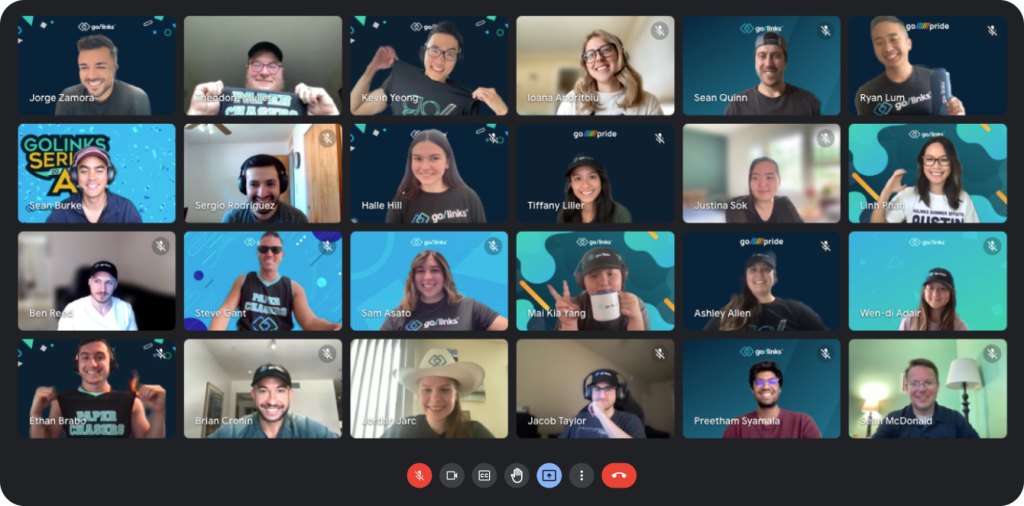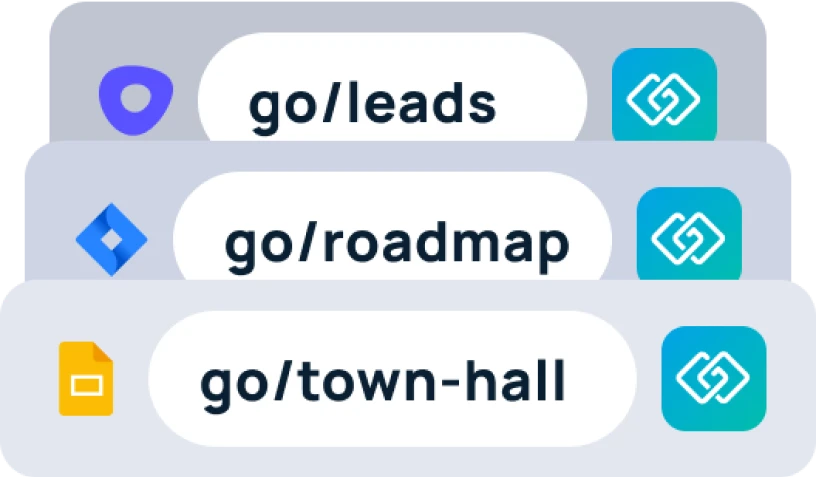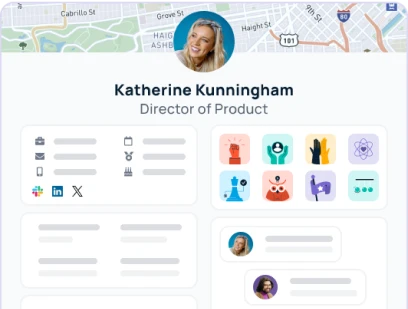Wondering how you can create a more collaborative office space for your remote and hybrid teams?
Collaboration might have become a workplace buzzword in recent years, but at its core, it’s all about people working together effectively.
As you might guess, that’s crucial for any work team to be successful. In fact, collaboration has been proven to increase productivity, improve innovation, and boost employee satisfaction.
Needless to say, for years, companies have tried to find ways to encourage and support increased collaboration on their teams. Many turned their attention to workspace design, prioritizing open offices and plenty of meeting rooms or other collaborative spaces where workers could put their brains together.
But, especially with the shift to more remote and hybrid workplaces, those open spaces are no longer a long-term solution for continuing and close-knit teamwork. And even further? A hybrid model or a team full of remote workers presents even more barriers to effective collaboration, with one study showing that it causes work to become more static and siloed.
5 tips to foster a collaborative office space (in-person and remote)
It sounds like bad news, but that doesn’t have to be the case. While remote or hybrid arrangements bring along some challenges in terms of collaboration, those are hurdles and not complete roadblocks.
Here are five steps you can take to foster a more collaborative office space – regardless of if your “office” involves a central headquarters where people work side-by-side or a network of distributed employees.
1. Lead by example
Want your team to collaborate more? That starts with you. You can’t show that you value and prioritize collaboration if you keep all of your own individual work as the leader under lock and key.
That means you need to provide more visibility into what you’re doing and invite team members to participate. This could include:
- Involving employees in decisions that impact the team
- Thoroughly explaining what’s happening at a higher level
- Soliciting feedback about your processes, leadership style, and more
- Turning to team members when you need to bounce ideas around
The reality is that, most of the time, it’s faster and easier to make decisions yourself. But, by opening up some of your individual tasks to your whole team, you’ll send the message that you value collaborative work—and set a precedent that team members will hopefully follow.
2. Revisit your processes
Processes and workflows help organize your team and keep work moving in the right direction. But, they can also be rigid and stifle collaboration—especially if people feel like they don’t have adequate time to work with others.
For example, do you end each meeting with action items so that everybody can move forward with their assigned individual tasks? It’s efficient, but it also reinforces siloes. Why not assign a task to two people or a small group to work on together?
This isn’t about murky ownership. There still needs to be clarity about who’s responsible for what. Instead, this is about intentionally building in more opportunities for collaboration. A few other ways you can do that include:
- Scheduling frequent brainstorming sessions
- Hosting retrospectives after large projects
- Building time for feedback into project timelines
In short, collaboration doesn’t just happen—especially in remote or hybrid work environments. It needs to be intentional. The above will help you thoughtfully incorporate it into your team’s approach to work.
3. Invest in the right tools
Whether your team is all in the same office space or spread across the globe, you likely use some digital tools to get your work done.
Chances are, you’re familiar with all of the basics: email, instant messaging, and collaborative documents. However, there are other tools that will help you level up your work together:
- GoLinks: Effective knowledge sharing is a key part of collaboration. GoLinks makes it fast and easy for teams to find and share information with memorable short links called go links. For example, you could turn the long link to your team planning doc into go/teamplan. This short go link is easy to share both verbally and visually.

- GoProfiles: Especially in a remote company, it can be hard to remember who does what – making collaboration hard at times. GoProfiles automatically syncs with your HR platform to pull information like job titles and reporting structures. So whenever an employee needs to communicate with someone they don’t normally interact with, all they have to do is search through the org chart and pull up their employee profile. From there, they can discover things like role, location, time zone, contact info, and more.
- Tandem: One of the biggest things people miss about working in a traditional office space is the ability to pop by a coworker’s desk for a quick chat. Tandem allows you to wave at teammates and chat in one click, as well as get notified when somebody is available to talk.
- Miro: Whether you’re in the same office or on a remote team, Miro is a digital whiteboard that gives you plenty of space and flexibility to brainstorm big ideas together.
4. Provide opportunities for social connection
It’s easier for team members to work closely together when they feel like they know each other. Studies show that we tend to like and trust people who are members of our own social group more than we like and trust outsiders or strangers.
As the leader, it’s your job to facilitate these opportunities for team members to build trust. Having a distributed team shouldn’t mean you’re all strictly business. Offer an office environment (in-person or virtually) for them to connect and bond, such as:
- Slack channels: Starting dedicated Slack channels or employee groups centered on shared interests helps employees connect with their coworkers. Here at GoLinks, we have channels for travel, pets, skincare, food, and more.
- Team events: Hosting frequent team get-togethers, whether they’re in-person or virtual, can really boost connection. Even with our teams scattered across the country, we host quarterly team events at GoLinks, so employees have a better chance to know each other.
- Team traditions: Have you tried creating a fun team tradition, such as sharing photos or creating a shared playlist? At GoLinks, we have a fun biweekly tradition called Demos and Drinks. During this company meeting, employees can demo a tool they love or something they’ve been working on.

All of these provide an outlet for your team members to connect outside of their daily work to-dos and responsibilities.
5. Stop having all of the answers
Still struggling to facilitate more collaboration on your team? Don’t only think of yourself as the team’s leader. Think of yourself as the connector—the one who brings people together.
If somebody wants to learn or refine a specific skill? Refer them to someone else on your team who excels in that area. If someone’s stuck on how to move a project forward? Pair them up with someone else who has done something similar and can give advice.
Being the team’s leader doesn’t mean you need to have all of the answers yourself. In fact, stepping back and letting your team get into the spirit of leaning on each other is one of the best ways you can open the door for a more collaborative work environment.
Create (and support) a collaborative office space
Collaboration doesn’t just inherently happen on a team. It takes intention and planning to encourage people to actively work together.
Not sure how to make that happen? Use the above tips to foster and support a more collaborative office space – whether your “office” is all under one roof or spread across the world.
To work together effectively, your team needs to be able to find and share information quickly and easily. Get started with a free trial of GoLinks to make that happen.
Access and share resources instantly with GoLinks
Try for free








